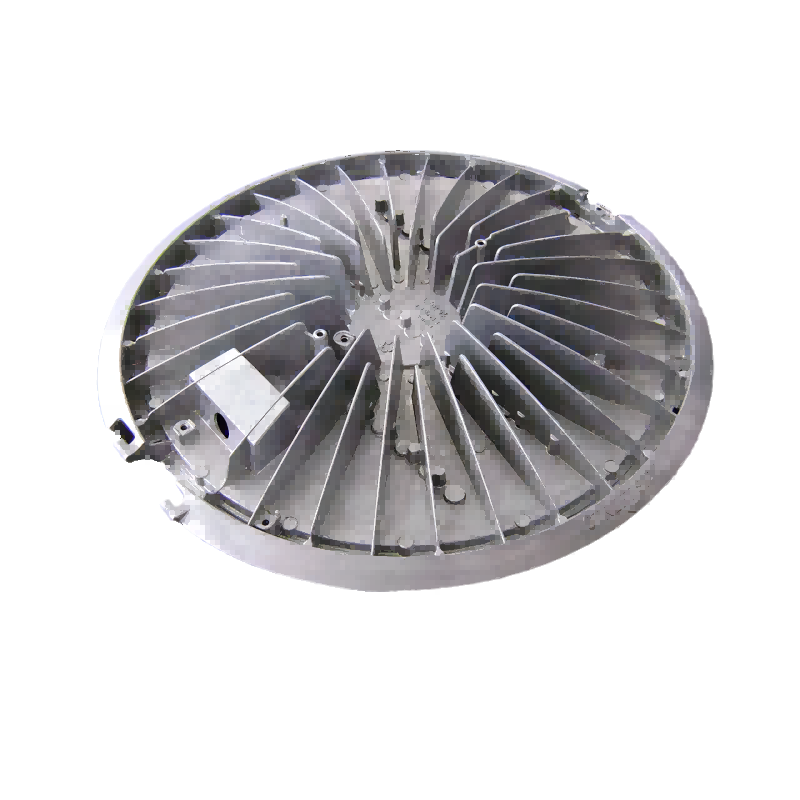In the world of manufacturing, where efficiency and innovation reign supreme, die casting is a process that has revolutionized the production of parts with complex shapes. One such application of this highly efficient manufacturing process is the creation of die cast aluminum heat sink housings or covers. These components play a crucial role in thermal management systems, ensuring the successful dissipation of heat generated by electronic devices. This blog explores the mesmerizing capabilities of die casting and the integration of heat sink fins into these robust housings, enabling advanced cooling for a multitude of applications.
Die Casting:
Die casting is a manufacturing process that involves injecting molten metal into a reusable mold, known as a die. This unique technique allows for the rapid production of parts with high dimensional accuracy and excellent surface finish. When it comes to heat sink housings or covers, die casting offers unparalleled advantages.
Firstly, die casting ensures the formation of complex shapes that cannot be easily achieved through other manufacturing methods. This flexibility allows designers and engineers to create intricate geometries for improved thermal performance. The versatility of die casting enables the incorporation of intricate fin arrays, enhancing surface area and optimizing heat dissipation capabilities.
Secondly, die casting enables the use of materials such as aluminum, which possess superior thermal conductivity. Aluminum heat sink housings, created through die casting, efficiently absorb and distribute heat, ensuring the cooling of electronic components, even in demanding conditions. The lightweight nature of aluminum also provides a benefit in industries where weight reduction is paramount.
Heat Sink Fins and Die Casting Synergy:
Heat sink fins are the backbone of effective cooling mechanisms used in electronic applications. They increase the surface area of the heat sink, thereby facilitating the transfer of heat into the surrounding environment. Die casting offers the ideal solution for integrating heat sink fins into aluminum housings.
The die casting process enables the precise formation of fins along with the housing, eliminating the need for separate manufacturing and assembly steps. This integration not only saves time and cost but also ensures an efficient heat transfer path. The integrated fins benefit from the same high thermal conductivity of aluminum, further enhancing the cooling capability.
The use of die cast aluminum heat sink housings also enables modular designs, as multiple housing units can be interlocked or stacked together to form larger cooling systems. This flexibility caters to a wide range of applications, from consumer electronics to industrial machinery.
Innovation in manufacturing processes has paved the way for remarkable advancements in thermal management, particularly in the realm of heat sinks. Die casting has emerged as a powerful tool capable of producing intricate aluminum heat sink housings or covers. Through the integration of heat sink fins during the die casting process, these housings offer impressive cooling capabilities, transforming the way electronic devices dissipate heat.
As technology continues to advance and the demand for efficient cooling systems grows, die cast aluminum heat sink housings will undoubtedly play a pivotal role. Their ability to seamlessly combine complex shapes, high thermal conductivity, and integrated fins makes them the powerhouse of cooling in the ever-evolving world of electronics.
Post time: Aug-08-2023






